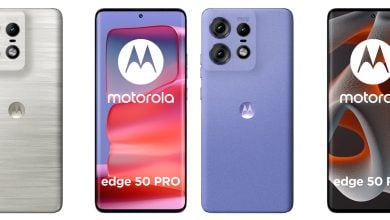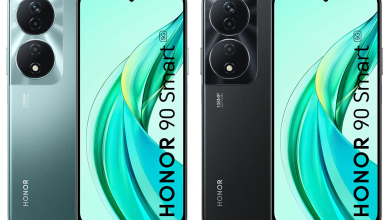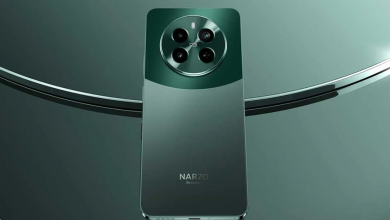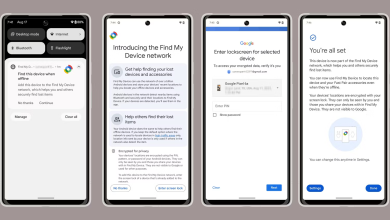Samsung May Not Consider the 1-Inch Sensor For the Next 4 Years
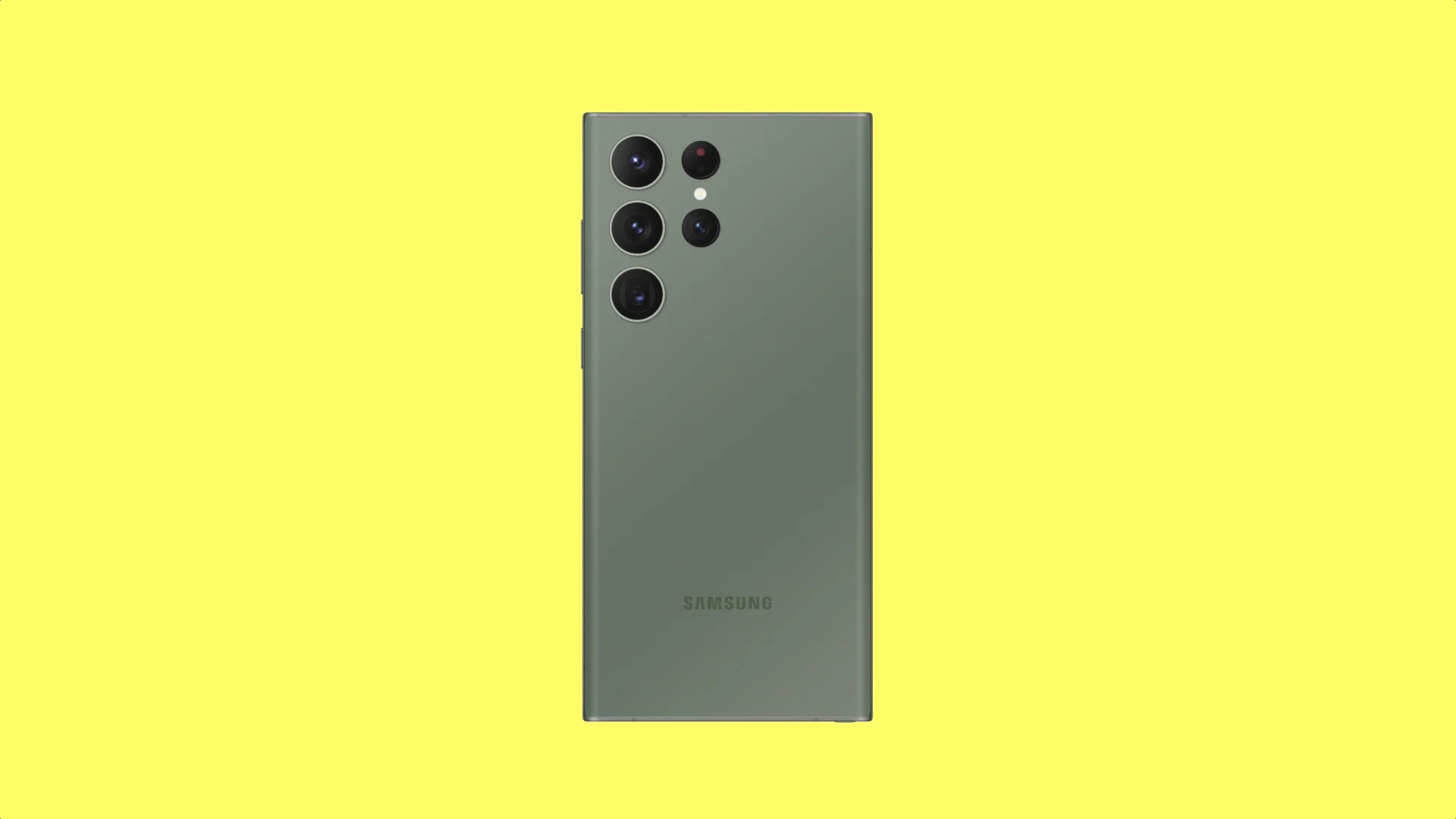
As smartphone cameras become an integral part of our daily lives, it’s no surprise that camera quality has become a crucial factor in determining which phone to purchase.
While software has traditionally been the main focus of smartphone companies in improving camera quality, recent developments have shown a shift towards hardware, with companies like Apple (12MP to 48MP) and Samsung increasing their camera megapixels significantly.
Samsung, in particular, has set the bar high with a whopping 200MP camera, leading us to question the future of smartphone cameras and how these companies plan to approach this element in the future.
Samsung seems confident in their decision to stick with the ISOCELL HP2 sensor for the next few years, however reports point towards Apple soon implementing 1 inch sensors in its devices. While other companies may be moving towards larger sensors, Samsung is leaning on the advantages of a high megapixel count, such as the ability to crop photos without losing too much detail.
In addition to this, the HP2 sensor reportedly has improved light capture, which can enhance low-light photography, and with the new HP2, Samsung may want to keep it for a while before going PERFECT with the computational photography on this one.
Furthermore, Samsung’s decision to stick with the HP2 sensor may also have financial reasons behind it. The cost of implementing a 1-inch sensor in all of their flagship devices could be significant, and Samsung may not want to take that financial hit, and compromise elsewhere.
By sticking with the HP2 sensor, Samsung can continue to offer a decent quality, without being too expensive (We’ve already seen how the Ultra has been crossing $1200 now).
With that said, Samsung has other things they may need to work on. Recently, we learned that the South Asian region will probably not get the Snapdragon 8 Gen 3 (For Galaxy), and it will most likely come with the Exynos 2400.
While Samsung has promised to reduce the gap between both of these chips, it would be important to understand how these perform in comparison to their main competitor, the iPhone’s A- Bionic series. Apple didn’t make a significant amount of upgrades with the A-16 Bionic, but it remains to be seen how they plan on the next year.
While this is all we know for now, rest assured that we will keep you updated on all new information as n new information becomes available.
